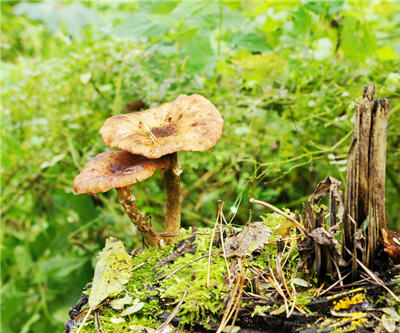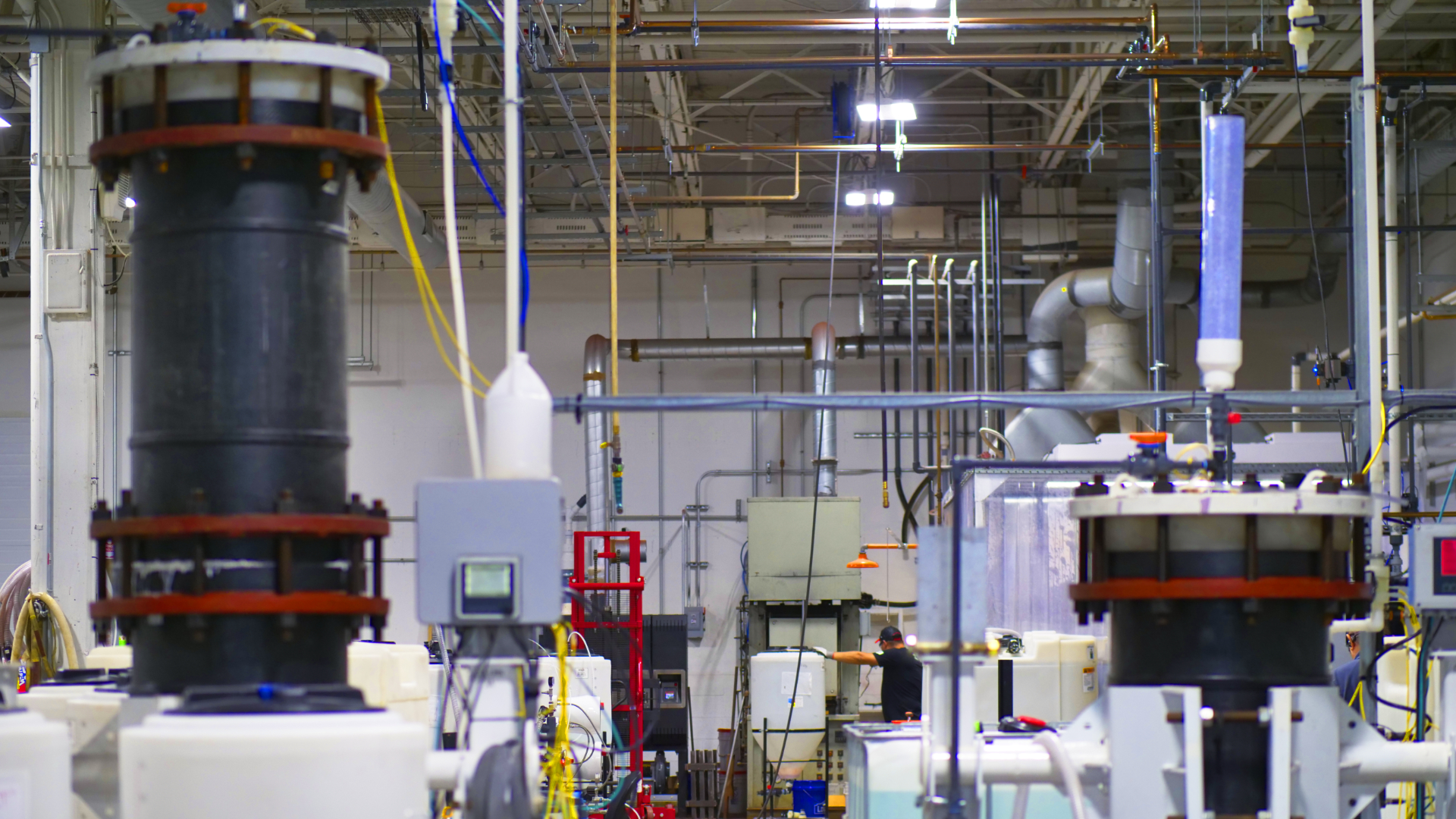Mushrooms stopped coal formation 300 million years ago

Scientists may have solved the riddle why so little coal seemed to form after the end of the carboniferous period.
Mushrooms may have evolved to allow them to fully break down wood, rather than seeing all the organic matter slip under the earth and get compressed into coal.
“Wood is a major pool of organic carbon that is highly resistant to decay, owing largely to the presence of lignin,” writes the researchers.
The researchers discovered that lingin degrading fungi started to expand when coal formation dropped off.
“Molecular clock analyses suggest that the origin of lignin degradation might have coincided with the sharp decrease in the rate of organic carbon burial around the end of the Carboniferous period. ”
Lead author Dminitrios Floudas, at the biology department of Clark University, published his findings in the journal Science.
The researchers write that the only organisms capable of breaking down lingin are white rot fungi in the Agaricomycetes, which include non–lignin-degrading brown rot and ectomycorrhizal species.
“Comparative analyses of 31 fungal genomes (12 generated for this study) suggest that lignin-degrading peroxidases expanded in the lineage leading to the ancestor of the Agaricomycetes, which is reconstructed as a white rot species, and then contracted in parallel lineages leading to brown rot and mycorrhizal species.”
{{ commodity.name }}
{{ post.title }}
{{ post.date }}

4 Comments
dimitri
Mushrooms came to Earth as spores on a piece of ice. They are aliens- as we might be. They ended the Carboniferous Era. Most coal formation ended at that time. Mushrooms did not “evolve” here.
Ashok
good subject to be known every one else………
Tom
Sounds just like the Green fungis in Australia which stop anything growing
Cleanwater1939
While this is not directly on subject, this is something the coal industry should know.
There is an experiment that proves that the Greenhouse gas effect does not exist. This experiment which has been peer reviewed by Ph.D physicists (at least 4). Ph.D. Chemical engineers (at least 2 at last count) and others Ph. D’s in other fields The experiment is found on the web-site http:// http://www.slayingtheskydragon.com click on the blog tab. It is titled “The Experiment that failed which can save the world trillion-Proving the greenhouse gas effect does not exist
The Greenhouse Effect Explored
Written by Carl Brehmer | 26 May 2012
Is “Water Vapor Feedback” Positive or Negative?
Exploiting the medium of Youtube Carl Brehmer is drawing wider attention to a fascinating experiment he performed to test the climatic impacts of water in our atmosphere.
Carl explains, “An essential element of the “greenhouse effect” hypothesis is the positive “water vapor feedback” hypothesis. That is, if something causes an increase in the temperature this will cause an increase in the evaporation of water into water vapor.”
Another important website is www. The Great Climate Clash.com -G3 The Greenhouse gas effect does not exist.